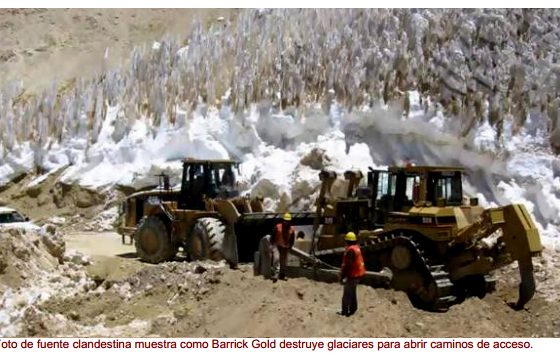Esta entrada también está disponible en: Spanish
judicial verdict:
https://center-hre.org/wp-content/uploads/fallo-glaciares-Noviembre-2017.pdf
Argentina’s Glacier Act (non-official translation)
https://center-hre.org/wp-content/uploads/2012/10/Argentine-National-Glacier-Act-Traducción-de-CEDHA-no-oficial.pdf
for more information:
J. Daniel Taillant
[email protected]
415 713 2309

